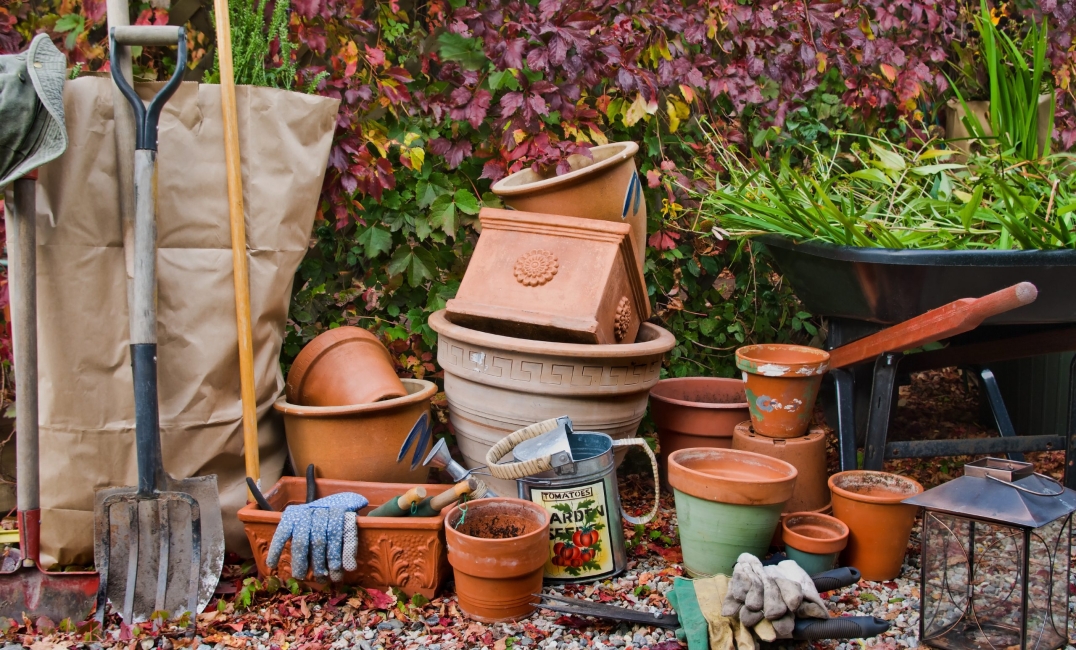You Ask, We Answer: How Should I Ready My Garden for Spring?
While fall’s arrival may have us thinking about Halloween and Thanksgiving, it’s actually the ideal time of year to begin prepping your Connecticut garden for a successful spring bloom. By putting in some time and effort now, come spring, you’ll be in great shape to grow flowers, veggies, grass, and yes, even cut down on weeds. Here are some of our favorite ways to prepare your garden for spring this fall.
Pull up actively growing weeds
Record-breaking rainfall and warm, sunny days this fall have meant the proliferation of weeds in the yards and gardens of our Connecticut homes. We may think of weeds as thriving in the spring and summer, but according to The Washington Post, “chickweed, hairy bittercress and ragweed can all seed in the fall. Also, a single dandelion casts up to 200 seeds per flower, so digging it out prevents hundreds of new weeds the following spring.” How’s that for motivation?
Digging out weeds by their roots with a trowel ensures you get them by their roots, preventing their spread. Another way to prevent weeds from spreading? “Cut or pluck off seeds heads wherever you can,” the Post advises. “Then carefully and quickly put them in a nearby bin so you don’t jostle and accidentally spread seeds.”
Prune back dead wood and plants
Curled, brown leaves on branches are a sign that your plants and bushes are not healthy. If the damage is limited to particular branches, focus on cutting back those branches. In case your plant is diseased, make sure you add these branches to your yard waste bags and not to your compost bin; you don’t want the disease spreading to the materials in your compost pile. Give your tools a rinse before storing them for the season to ensure any harmful spores won’t multiply on your tools and put your plants at risk in the future.
“If a tree or shrub has been showing leafless gray branches for weeks, that often means those branches are dead,” the The Washington Post notes. “It’s a good idea to prune those away.”
Check for other signs of disease
It’s not just brown leaves and bare branches you need to keep an eye out for, however. The more common wild temperature swings and heavy rain become, the more we need to be on the lookout for plant diseases. White powder, black spots, even severely crinkled leaves and dead stalks or branches at the crown of the plant can all be signs of disease. If you are seeing these signs and your budget allows, you may want to consult a licensed arborist to determine how best to proceed. If an arborist is not in your budget, cut back what appears to be suffering from disease, throw away in your yard waste bags and again, rinse your tools thoroughly to prevent diseases from spreading.
Plant in bare spots to prevent weeds
Survey your garden and look for bare spots. Consider planting plants or bulbs in your garden’s bare spots now to prevent weeds from taking hold later. Where roots of plants and flowers grow, weeds have less of a chance of taking hold! Plus, you’ll enjoy the added benefit of having a more lush garden, come spring.
With a little sweat equity this fall, your Connecticut garden can be its best yet in the coming spring. Happy gardening!




